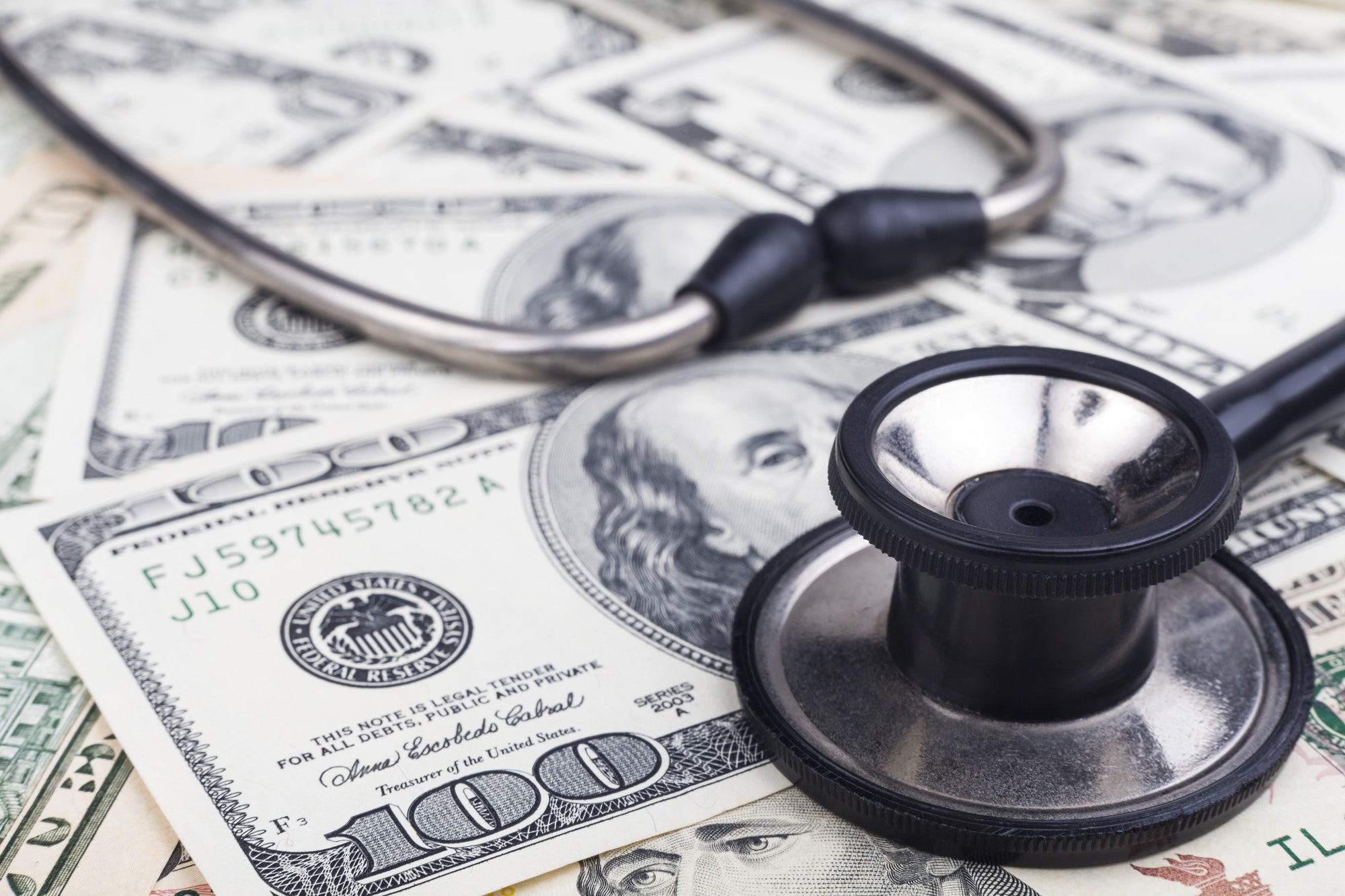If you’re on the ball, you can plan your repayment strategy.
More than half of all college graduates have a student loan to repay. For most, it’s probably the first big, long-term debt they’ve had. So if the lingering cost of your education is causing you a little bit of panic, you’re not alone.
Adjusting to the fact that you have thousands of dollars to pay back when you’re just starting a career can seem like an impossible burden. Fortunately, it’s not. There are a variety of ways to structure your payments, which can make student loans easier on your nerves as well as your pocketbook.
PICKING A PLAN
There are several ways to repay government-backed Direct Stafford Loans. Each one fits a slightly different financial situation, so you need to think seriously about what you can afford when you pick a repayment plan.
Remember that the best plan for you isn’t necessarily the one with the lowest monthly payments—or the one with the highest payments, for that matter. Think about what you can afford now, and what you can reasonably expect to pay down the road.
You’re not making an irrevocable decision. You can usually switch plans if you need to.
The standard repayment plan requires you to make fixed payments of at least $50 a month for a set period of time. The time repayment takes depends on how much you’ve borrowed, but it won’t be more than ten years. This plan will probably let you pay back your loan quickest, and cost you the least overall, provided you have the money to keep up with the payments.
The extended repayment plan requires fixed or graduated payments for up to 25 years. And while your payments are still at least $50 a month, they’re usually significantly less than what you’d pay using the standard plan. That’s because your payments are stretched over a considerably longer period. Of course, this increases the overall interest you’ll pay over time, but it can make your payments a little more manageable.
If you’re not making a lot of money right now, but you’re expecting to have a higher income in the fairly near future, the graduated repayment plan might be best for you. The repayment period is up to ten years, and the amount due increases every two years. No single payment will be more than three times larger than an earlier one. You may pay somewhat more interest than with a standard plan, but not as much as with longer plans.
The income-contingent repayment plan resets your monthly payments each year based on your income, family size, and Direct Loan balances. If your payments aren’t large enough to cover the interest due, it is capitalized and added to your principal. If you haven’t paid off the loan after 25 years, you may qualify to have the balance discharged. But the discharged amount may be taxable.
To find current information on your Stafford Loans, go to the National Student Loan Data System website at www.nslds.ed.gov or call the Federal Student Aid Information Center at 800-4-FEDAID.
You may qualify for the incomebased repayment plan (IBRP) if your payment would be less than with a ten-year plan. The payment is based on income and family size, and may allow you to have any remaining balance forgiven if you meet the criteria. One of those is working full-time in a public service job.
HOLD ONTO THAT DEBT!
If you’re not used to having debt, you my want to pay off your student loan as quickly as possible. But as crazy as it seems, it can actually be a good idea to pay off this debt on a long-term schedule.
That’s because for many people, the interest is tax deductible. So if you’ve got extra cash you could use to repay the loans faster, it may make better sense to put the money into savings and investments, especially a tax-deferred savings plan, such as an IRA.
DEFERMENT, FORBEARANCE, AND FORGIVENESS
If something happens that makes it hard for you to pay back your student loans, you may be able to postpone payment for a set period of time. You can apply to defer your loans, for example, if you’re in school at least half time, if you take a parental leave from work, or if you enter a public service organization, such as the armed forces or the Peace Corps. Unemployment, temporary disability, and other events that may keep you from earning money can also make you eligible for deferment. If your loans are deferred, your payments stop for as long as the deferral lasts. If you have a subsidized loan, no interest accumulates. If the loan is unsubsidized, interest does accumulate.
If you don’t qualify for deferment but you still can’t pay your loans, you can request a forbearance. If a forbearance is granted, you won’t have to make payments until the forbearance ends, but your loans will continue to accumulate interest.
If you make at least 120 payments on your federal student loans under a qualifying repayment plan while you’re working full time in a public service job, you may be eligible to have an outstanding balance forgiven. Amounts that are forgiven aren’t taxable, which is an extra bonus. You can find more information at www.studentaid.gov by searching for loan forgiveness.




